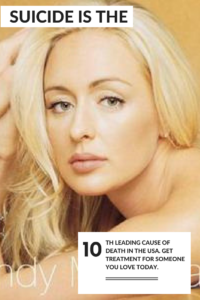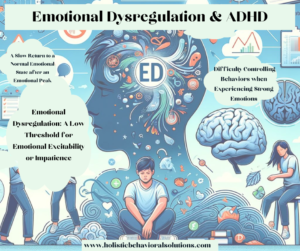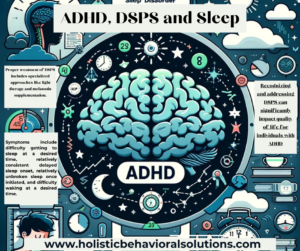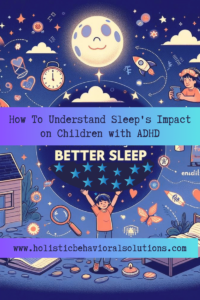
The Many Faces of Suicide: A Closer Look
Suicide, a complex and multifaceted issue, defies the boundaries of fame, fortune, and external success. What does suicide look like? It looks like fame, fortune, family. Suicide can be someone broken, alone, confused. It looks like men and women of all ages, races and culture. Suicide can look like the person next to you or the person in the mirror.
It looks like Kurt Cobain, Prince Alfred, Owen Wilson, Marilyn Monroe, Cleopatra, Junior Seau and Mindy McCready. Suicide and self-harm looks like ALL of us. It is a phenomenon that knows no age, race, or cultural limits, affecting individuals from all walks of life. From iconic figures like Kurt Cobain and Marilyn Monroe to everyday people, suicide and self-harm are realities that mirror the struggles within us all.
The Silent Epidemic: Suicide in Our Midst
The United States recognizes suicide as the 10th leading cause of death, with countless cases remaining uncounted and undocumented. This issue, with roots stretching back to ancient times, continues to impact lives across the globe, signaling a deep-seated need for awareness, understanding, and preventive action.
Country star Mindy McCready died on Feb 17, 2013 from a self-inflicted gunshot wound. She was a blessing to so many but like so many, she struggled with her own demons. At the age of 37, after many years of pain and intermittent treatment, she took her own life. Mindy McCready left behind two children and a legacy of pain for generations. One of the questions that clinicians ask in a mental health exam surrounds the family history of suicide. As clinicians, we feel that if someone has a family history of suicide, they are more likely to commit suicide themselves. You can see how one suicide sets into motion generational pain and an inability to cope.
Recognizing the Warning Signs
In the realm of mental health care, vigilance towards self-harm is paramount. Fluctuations in mood stability, influenced by various factors throughout the year and over a lifetime, require constant monitoring. The contagion effect of exposure to self-harm, coupled with despair and distress intolerance, often leads to suicide, underscoring the importance of recognizing the early warning signs and taking proactive steps.
Beyond Depression: Unraveling the Causes
Contrary to common belief, depression is not the sole precursor to suicide. Impulsivity and a profound sense of hopelessness often serve as the catalysts, pushing individuals toward this irreversible decision. Surprisingly, depression isn’t the only thing that causes suicide (although that is a common misconception).
The facts are clear, self-harm occurs as a result of impulsivity and hopelessness not depression or sadness. The best thing that you can do when you suspect someone has been affected by suicide or is contemplating suicide is to get them help. You can take them to the closest emergency room or you can contact the national suicide prevention hotline at 1-800-273-TALK. Understanding the complex interplay of factors leading to suicide is crucial for effective prevention and support.
The Role of Support: A Beacon of Hope
The best response to suspicions of suicidal thoughts or actions is immediate intervention. Whether it’s escorting someone to the emergency room or contacting the National Suicide Prevention Hotline at 1-800-273-TALK, taking swift action can save lives. Professional help from mental health experts is invaluable in these critical moments.
In my practice, self-harm is something we monitor constantly as mood stability changes for most people throughout the year. Mood stability can also change throughout the life span and exposure to self-harm can have a contagion effect. Often with mental health issues, we see levels of despair and distress intolerance as a leading cause of suicide. As I clinician, I have to be tuned into the impulsivity, frustration tolerance and coping skills of the person in front of me. As a family member it is also important to be tuned into the mental health of your loved ones; Family of origin and family of choice.
The Tragic Loss of Mindy McCready
As stated earlier, the country music world was shaken by the loss of Mindy McCready, who succumbed to her battles with mental health, leaving behind a legacy marked by both talent and turmoil. Her story serves as a poignant reminder of the generational impact of suicide and the importance of addressing mental health issues with compassion and diligence.
Moving Forward: Steps Towards Prevention
Feeling isolated, even in the presence of loved ones, is a sign that something deeper may be amiss. It’s a universal experience that signals the need for connection, understanding, and support. In moments of loneliness and despair, it’s vital to focus on the immediate steps we can take towards healing, cherishing our blessings, and being a source of light for others.
One Day at a Time: A Path to Healing
The journey out of the shadows of suicidal thoughts is a step-by-step process. Overwhelming oneself with the entirety of life’s burdens only exacerbates the feeling of being trapped. By taking life one day at a time, acknowledging our blessings, and offering support to those around us, we can navigate our way towards brighter days.

A Collective Call to Action
Suicide prevention is a collective responsibility that calls for empathy, awareness, and proactive support. By understanding the diverse faces of suicide and the underlying issues, we can create a supportive environment that encourages open dialogue and timely intervention. Together, let’s commit to being vigilant, offering a helping hand, and fostering a community where mental wellness is prioritized and cherished.
Even in a room filled with people that love you, you can feel alone, this is a universal feeling and a symptom that something is wrong. Most people experience this sense of loneliness. What can you do today to feel better about yourself tomorrow? If we can just take it one step at a time we can find our way out of the shadows. Taking big chunks of life is overwhelming. Trying to accomplish too much at once is an unsustainable task. Let’s just get through today by recognizing our blessings and being a blessing to others and we will worry about tomorrow in our session OK?
Need Support or Know Someone Who Does? If you or someone you know is struggling with thoughts of suicide or self-harm, remember, help is available. Reach out to mental health professionals, connect with support groups, and lean on the strength of community. Together, we can make a difference in the lives of those battling the silent epidemic of suicide.
The Holistic Store
While we are thinking that through, boost your connection from the inside out with our wellness supplements and supplies. Check out our store for products that help you feel your best, making it easier to open up and connect on a deeper level.


